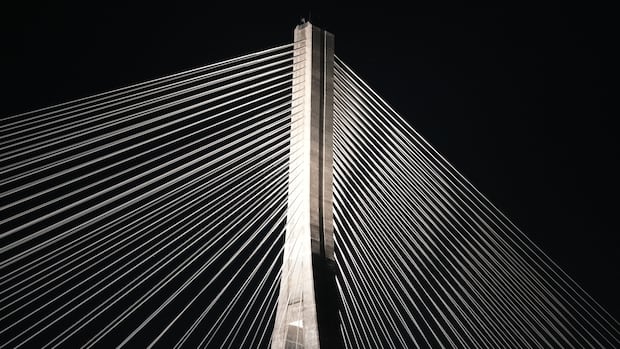N.L. to entomb its Unknown Soldier today in solemn ceremony of remembrance
July 1 has always been a sombre day in Newfoundland and Labrador, and this year will be especially poignant for two specific reasons.
Marked for decades as Memorial Day long before Newfoundland joined Confederation in 1949, the day serves as one of remembrance for soldiers killed or wounded in battle.
Of the 780 members of the Royal Newfoundland Regiment who went on the offensive at Beaumont-Hamel in France on July 1, 1916 — the opening day of the Battle of the Somme — only 110 survived, and just 68 were available for roll call the following day.
In St. John’s on Monday, there will be an entombment ceremony for Newfoundland’s Unknown Soldier, whose remains were repatriated from northern France on May. 25.
As well, the annual Memorial Day ceremony marks the centennial of the National War Memorial in downtown St. John’s, first unveiled by Field Marshal Douglas Haig in 1924.
“It’s really important to be here to represent … all those people who fought in the war,” said Jennifer Fleming, who said her great-great-grandfather was one of what’s called the First Five Hundred, the group of soldiers who were first to enlist and go overseas in October 1914.
“Those brave men who went over and didn’t come home. I think it’s important that we’re here for them,” said Fleming.
“I think it’s quite fitting for Newfoundland to be represented with the Unknown Soldier because so many of them didn’t come back,” said Walter Peddle, one of the people who arrived hours in advance to see the ceremony.
“This is pretty touching,” said Dennis Goodyear, who described himself as a 30-year veteran.
“My grandfather served with the Royal Newfoundland Regiment and was wounded in World War I [and] was lucky enough to come back,” he told CBC News. “As long as this young gentleman is home, that’s the main thing. It’s not me. It’s him.”
For months, the National War Memorial has been undergoing a refurbishment, with restoration work focused on elements that include restoring statues to their original elegance.

Hundreds of military members will march toward the war memorial as the hearse carrying the Unknown Soldier moves through the city.
- CBC News will carry live Memorial Day coverage Monday from 9 a.m. NT (7:30 ET) to 12:30 p.m. Watch on CBC Television, visit cbc.ca/nl or watch CBC Gem.
Since Friday, the Unknown Soldier was lying in state at Confederation Building, the seat of government for Newfoundland and Labrador.
Thousands of onlookers will flood the streets, and many more are expected to watch nationally televised coverage.
Two offsite view parties are being held at The Rooms cultural complex and at the Sheraton Hotel.
Premier Justin Trudeau is among the dignitaries attending and is scheduled to speak.
Repatriation was just a dream a century ago
It’s a moment that was a long time coming.
The repatriation of Newfoundland’s Unknown Soldier started with Thomas Nangle had in 1920. Nangle, who had been the regiment’s Roman Catholic padre, later served as Newfoundland’s director of war graves registrations and enquiries, and as the country’s representative on the Imperial War Grave Commission.

His wish didn’t come to fruition — that is, until a century later, when 40-year navy veteran Frank Sullivan picked up the torch to finish the task. He has been there every step of the way, including being front and centre during the repatriation ceremony at Beaumont-Hamel in May.
Sullivan’s great-uncle, Pte. Charles Canning, served with the regiment in France and was killed in 1918. He has no known grave.
The man chosen as the Unknown Soldier will remain unknown so that he can represent all Newfoundlanders who did not make it home from the First World War and have no known grave.
Download our free CBC News app to sign up for push alerts for CBC Newfoundland and Labrador. Click here to visit our landing page.



